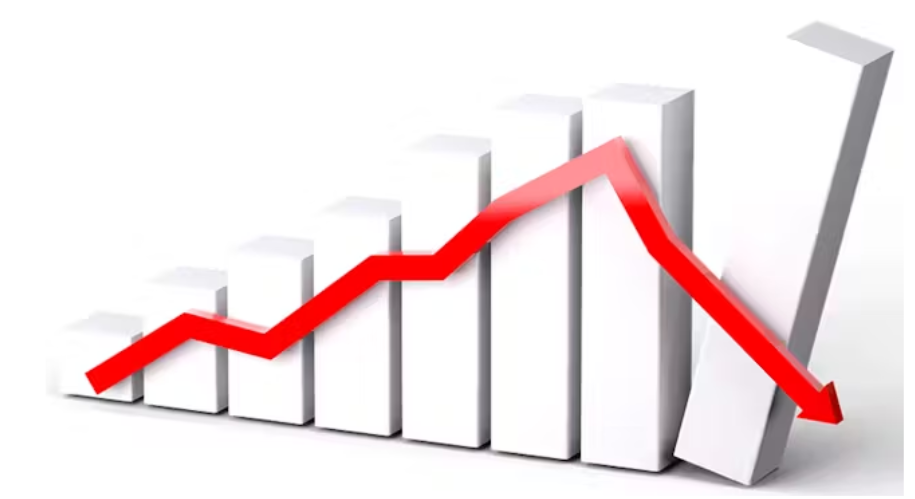U.S. PMI Manufacturing unexpectedly slips into negative territory in April
April PMI Manufacturing Index: 49.9 vs. 52.0 consensus and 51.9 in March. The services PMI did, too, slip to 50.9 (vs. 52.0 expected) from 51.7 a month ago, though it remained in positive territory, with the index still above 50.
The composite PMI (flash estimate) came in at 50.9, down from 52.1 in the previous month, signaling business activity in the U.S. expanded at a slower pace during the month, in the wake of signs of weaker demand.
The group’s measure of employment slid 3.2 points to 48, reflecting shrinking services payrolls and slower growth at manufacturers. The composite index of prices received, meanwhile, pulled back from a 10-month high.
“The more challenging business environment prompted companies to cut payroll numbers at a rate not seen since the global financial crisis if the early pandemic lockdown months are excluded,” Williamson said.
The decline in the employment measure suggests companies see current capacity as sufficient to handle demand. Order backlogs remained in contraction territory during the month.
New business at service providers shrank for the first time since October, with some firms indicating higher borrowing costs and still-elevated prices were limiting demand.
The overall index for services activity decreased to the lowest level in five months, while the manufacturing PMI showed a slight contraction.
“Further pace may be lost in the coming months, as April saw inflows of new business fall for the first time in six months and firms’ future output expectations slipped to a five-month low amid heightened concern about the outlook,” said Chris Williamson, chief business economist at S&P Global Market Intelligence.






